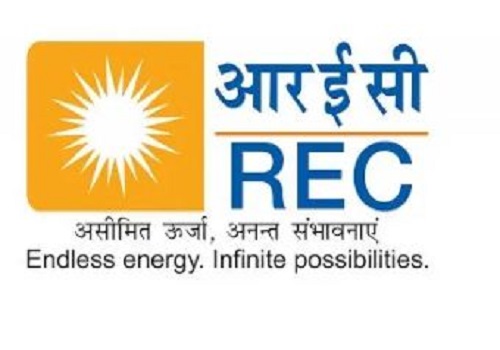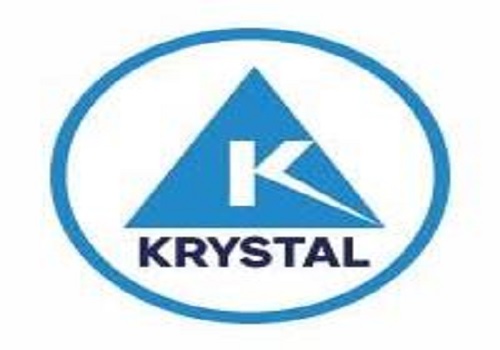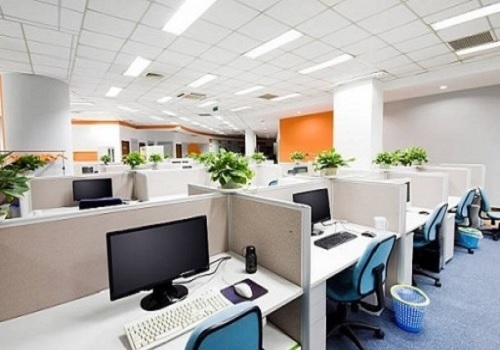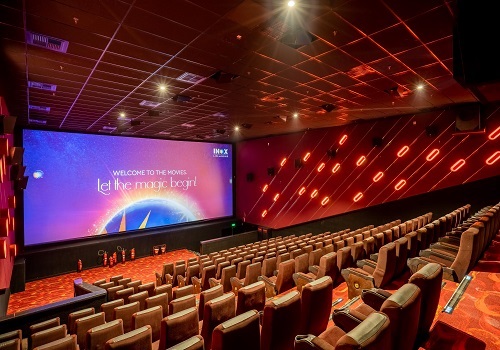NASA-backed private US firm's lander finally launches to Moon
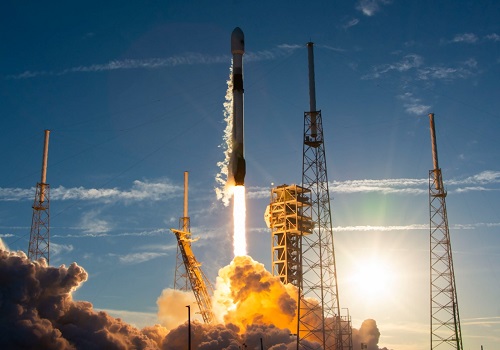
NASA backed private US company Intuitive Machines' lander has finally launched to the Moon on Thursday.
The lander was earlier scheduled to launch on February 14, but was delayed over a methane fuel issue.
The Houston-based Intuitive IM-1 lunar lander lifted off atop a SpaceX Falcon 9 rocket at 1.05 a.m. ET from pad 39A at Cape Canaveral Space Force Station in Florida.
“Today’s mission to the Moon is just the first our Falcon fleet will launch for NASA's CLPS program which will help enable humanity to explore the Moon, Mars, and beyond, bringing us one step closer to making life multiplanetary,” SpaceX wrote on X.com.
In January, another NASA-backed company, Astrobiotic Technology’s lunar lander suffered "critical" fuel loss and could not make it to the Moon.
If successful, the robotic Nova-C lander "Odysseus" will become the first-ever private spacecraft to land softly on the lunar surface on February 22.
The lander carries six NASA instruments that will investigate the lunar environment and test technologies for NASA Artemis missions.
The IM-1 mission is Intuitive Machines’ first attempted lunar landing as part of NASA’s Commercial Lunar Payload Services (“CLPS”) initiative, a key part of NASA’s Artemis lunar exploration efforts.
The science and technology payloads sent to the Moon’s surface as part of CLPS intend to lay the foundation for human missions and a sustainable human presence on the lunar surface.
If successful, the mission will bring the US back to the lunar terrain after about 50 years. The US has not attempted a moon landing since Apollo 17 in December 1972.
“NASA science is nestled aboard Int_Machines’s Nova-C lander, set to launch to the Moon on a SpaceX Falcon 9 rocket. Landing near the Malapert A crater will help us learn more about the lunar South Pole, a big step in our #Artemis campaign,” added US space agency NASA on X.
“Like an arrow from Cupid’s bow, the next commercial lunar delivery wings its way to the Moon. Six of our science and technology instruments are headed for the lunar southern highlands,” the post said.
